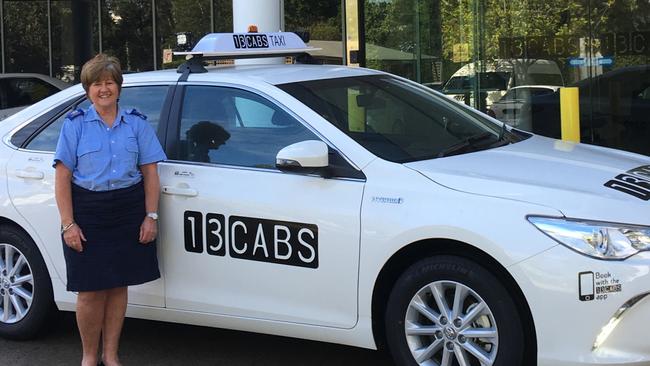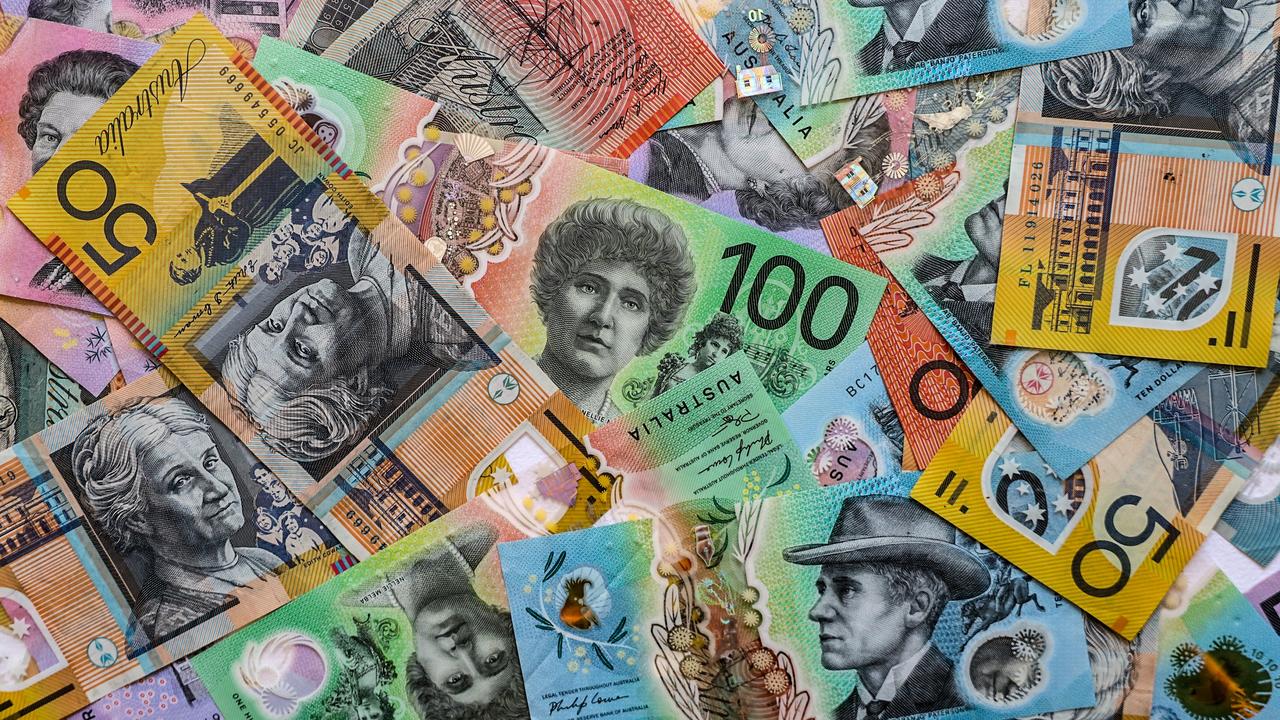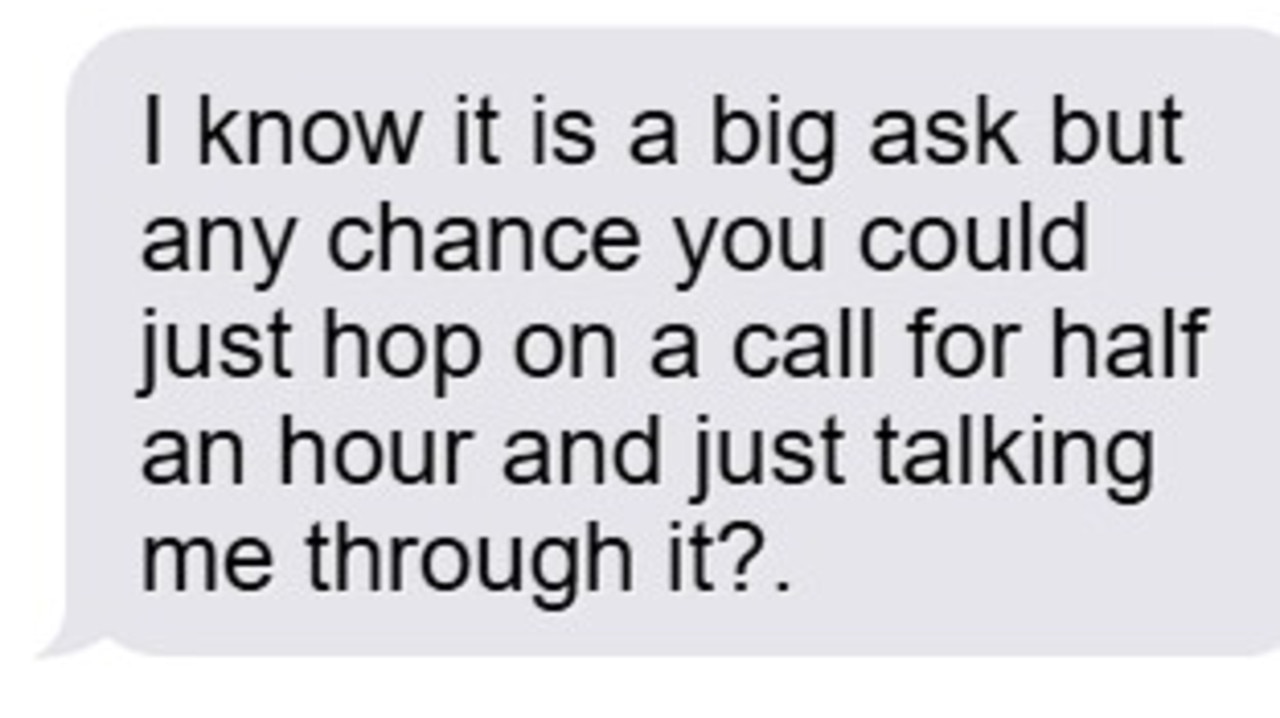Working life for a female taxi driver, an industry with one of the lowest rates of women in the workforce
DEALING with drunks, working all night, the possibility of attack, but Lesley says she loves working in an industry where almost all her co-workers are male.

Careers
Don't miss out on the headlines from Careers. Followed categories will be added to My News.
“I‘M RARE in my industry,” says Lesley Lewis. “My understanding is only three per cent of us are women.
“I don’t know any other woman who does my job.”
When it comes to male dominated industries, utilities, construction and mining are often held up as sectors where the employment rate for women is particularly low.
While women make up 45.9 per cent of Australia’s workers, a 2014 analysis by the Workplace Gender Equality Agency found as little as 16 per cent of those working in mining were female.
But this is nothing compared to the gender disparity in the taxi industry which, if anything, has gone backwards despite being shockingly low already.
The most recent figures, from a KPMG report in 2006, showed the number of women in the sector had dropped from a miserly 8 per cent to a minuscule 6 per cent in 10 years.
The number is far lower than ride sharing service Uber which claims that around 12 per cent of its Australian drivers are women and customers actively seek out female drivers.
Unlike Uber drivers, though, taxis carry cash which can make them a target of theft.
“I think a lot of [women] are frightened, they think it must be dangerous to drive a taxi and you are going to get grief,” says Ms Lewis.
But she says that fear is overblown. “The people who take taxis are the same people who take buses and trains and they don’t misbehave there.

“If you show respect and manners people will reciprocate and in the 24 years I’ve been driving I have never had a violent situation, or any situation, I couldn’t defuse or take control of.”
There are cameras in her cab and a direct link to base. Ms Lewis, who works for the 13 CABS network in Sydney, says she has never once had to call the police.
Even though she was one of the tiny minority of female drivers, Ms Lewis, who lives in Redfern in the Sydney’s inner east, said the fact she was so unique rarely occurred to her.
“People say, what is it like being in a male dominated industry, but it’s really only about you and your taxi. In my job I don’t work shoulder to shoulder with other colleagues, my customers are my companions — not other cab drivers.”

Today is International Women’s Day and Ms Lewis urged more women to consider getting past the stereotypes and getting behind the wheel.
“I thought it might not be my cup of tea, that I’d do it for a bit and if I didn’t like it I’d do something else. But from day one I just loved it.
“Sydney is a beautiful city, full of lovely people and I know we get a bit disillusioned, and we read of all the negative things that happen here, but I don’t think I could this job for 24 years if that was my consistent experience.”
Ms Lewis’ father owned the all-important license plate that gave his daughter a route into the industry.
With her kids at school she mentioned to her Dad that she wouldn’t mind doing some driving.
“At first, he had a bit of a chuckle about it but when he retired I said it was job I’d really like. So he asked if my husband and I wanted to take [the plate] over.”
Ms Lewis drives the cab during the day while her husband takes over at night.
She admits her father was apprehensive about her driving after dark and she has found herself mainly sticking to daylight hours. But when her husband has been sick she’s jumped in the cab after hours.
That’s not to say she has never faced difficult situations.
One particular incident she recalls involved five drunk twenty-somethings.
“They were going to Circular Quay and started yelling obscenities at girls walking down the street and other motorists,” she says.
“They were out of line so I pulled my cab over and said ‘hang on, your behaviour is unacceptable and you can behave or you can take another cab’.
“They said they were sorry and they would behave themselves. I didn’t have any more issues and they said to me to have a nice day.
“I call a spade a spade and that puts people in their place — in a nice way.
Ms Lewis says she always tries to be positive with difficult passengers, her motto being, “you get more bees with honey”.
With some drunk passengers, her strategy is to let them talk. “Some of them are having a hard time, they are in a bad relationship or want to talk about how people treat them and they just want someone to listen.”
As such, the job suits someone calm and patient, she says.
Other passengers are pleased to see a female cabbie.
“They’re very surprised, I get that on a daily basis about how unusual it is to see a lady driver. Women feel very safe with me and even some of the businessmen say it’s a nice change.”
Ms Lewis said she’d welcome the industry being more balanced gender-wise.
“I did see a lady driver in the garage the other day, but I’d never seen or spoken to her before,” she said.
“I don’t know about being a trailblazer but I would like to pave the way for other women.
“I‘d love to see more women driving taxis.”
Originally published as Working life for a female taxi driver, an industry with one of the lowest rates of women in the workforce



